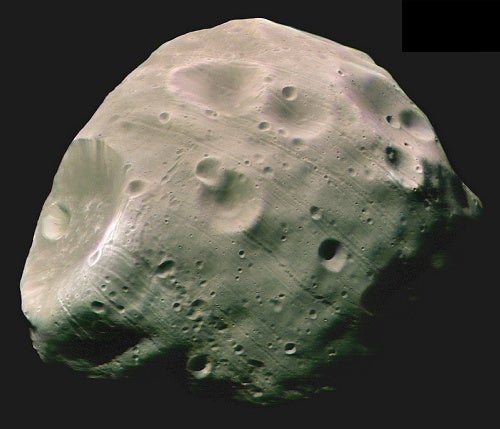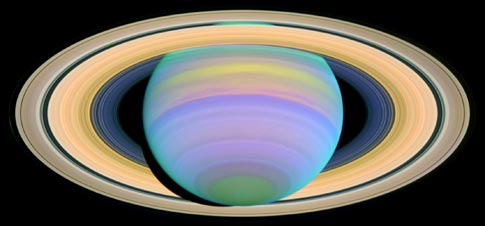Last month, more than 100 of Canada’s top astronomical minds met at the Canadian Space Agency headquarters in Montreal to generate possible mission concepts for the next 2 decades. The first Canadian Space Astronomy Workshop looked at how the nation can play a more visible role in the next generation of space-based astronomical platforms. The 2-day brainstorming session resulted in a mixed bag of missions that includes giant orbiting observatories and planetary probes.
Known for partnering on many key international space projects, Canada is now studying the possibility of leading its own flagship missions. “Our mission wish list is really all about answering the most fundamental questions about the origin of life and the birth of our universe, going from the smallest to the biggest,” says Rene Doyon, chair of the workshop and astronomy professor at the Université de Montréal.
High on the list are giant, Hubble-class space telescopes capable of seeing the universe in the ultraviolet part of the spectrum. Such detectors need to be space-based because Earth’s atmosphere blocks these wavelengths. While NASA’s Hubble and Europe’s upcoming Herschel telescopes have UV capabilities, once these go dark, probably early next decade, astronomers will lose this window on the universe.
Meanwhile, NASA’s ongoing push to return to the Moon by 2020 could see Canada contribute a sample-return mission. Sometime in the middle of next decade, researchers say, a solar-powered, long-range rover could help pin down the Moon’s impact history and search for potential water-ice deposits.
Finally, the hunt for alien planets outside our solar system may find Canada joining in. Directly imaging the disk of an extrasolar world — a task considered the holy grail of astronomy — may be possible from balloon-borne telescopes in the high stratosphere. This technology is something Canadian researchers are getting experience with now in Antarctica, where BLAST (for Balloon-borne Large Aperture Sub-millimeter Telescope) is conducting galactic surveys.
Doyon believes the workshop sent a strong message: Canada has the scientific and technical talent to lead even the grandest space missions. “That’s why it was time we brought the community together, to tell us their dreams,” he adds.
Astronomers hope to get a boost from the Canadian government to fund at least one large-scale flagship mission to fly in the next 2 decades. Cost estimates for any flagship mission run into the $100 million range over 20 years, but this is something the community says is within its capability.
“That’s the natural next step of the Canadian astronomy field, and we have the industry to support that,” says Peter Martin, head of the Canadian Astronomical Society. “We already make a strong case that ground-based astronomy brings in tremendous economic benefit to our country, and that’s great to have when you’re trying to attract support from the government.”











